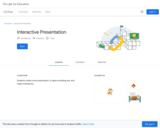
Students create a new presentation, or take an existing one, and make it interactive.
- Subject:
- Computer Science
- Technology
- Material Type:
- Activity/Lab
- Lesson
- Module
- Provider:
- Provider Set:
- CS First
- Date Added:
- 10/22/2021

Students create a new presentation, or take an existing one, and make it interactive.
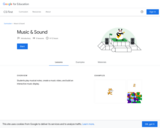
Students play musical notes, create a music video, and build an interactive music display.
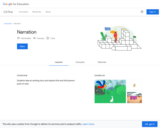
Students take an existing story and explore first and third person point of view.
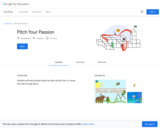
Students will build a project about an idea, activity, item, or cause they feel strongly about.
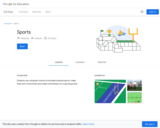
Students use computer science to simulate extreme sports, make their own commercial, and create commentary for a sporting event.
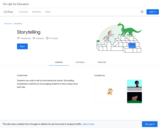
Students use code to tell fun and interactive stories. Storytelling emphasizes creativity by encouraging students to tell a unique story each day.
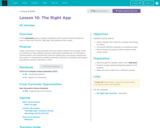
In this exploratory lesson, students empathize with several fictional smartphone users to help them find the “right app” that addresses their needs. This lesson aligns to national Computer Science standards from CSTA.
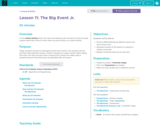
In this context-setting lesson, the class will experience the concept of events through a game where they move or shout when you press buttons on a giant remote. This lesson aligns to national Computer Science standards from CSTA.
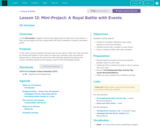
In this mini-project, students will have the opportunity to learn how to use events in Play Lab and apply all of the coding skills that they've learned to create an animated game. This lesson aligns to national Computer Science standards from CSTA.
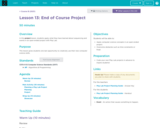
In this project lesson, students apply what they have learned about sequencing and events in an open-ended project with Play Lab. This lesson aligns to national Computer Science standards from CSTA.
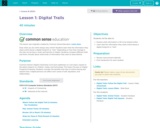
Does what you do online always stay online? Students learn that the information they share online leaves a digital footprint or "trail." Depending on how they manage it, this trail can be big or small, and harmful or helpful. Students compare different trails and think critically about what kinds of information they want to leave behind. This lesson aligns to national Computer Science standards from CSTA.
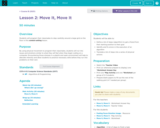
Students will program their classmates to step carefully around a large grid on the floor in this context-setting lesson. This lesson aligns to national Computer Science standards from CSTA.
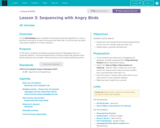
In this skill-building lesson, students will develop sequential algorithms to move a bird from one side of a maze to the pig at the other side. To do this they will stack code blocks together in a linear sequence. This lesson aligns to national Computer Science standards from CSTA.
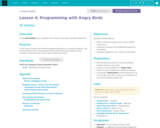
In this skill-building lesson, students will continue to develop sequential algorithms.In this lesson, students will develop programming skills on a computer platform. The block-based format of these puzzles help students learn about sequence and concepts, without having to worry about perfecting syntax. This lesson aligns to national Computer Science standards from CSTA.
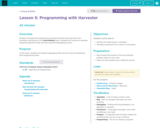
Students will apply the programming concepts that they have learned to the Harvester environment in this skill-building lesson. Students will continue to develop sequential algorithm skills and start using the debugging process. This lesson aligns to national Computer Science standards from CSTA.
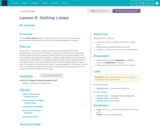
In this context-setting lesson, students will learn to use loops to more easily communicate instructions by looking at the repeated patterns of a dance. This lesson aligns to national Computer Science standards from CSTA.
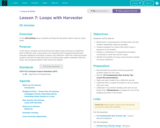
In this skill-building lesson, students will help the harvester collect crops by using loops. This lesson aligns to national Computer Science standards from CSTA.
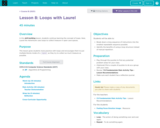
In this skill-building lesson, students continue learning the concept of loops. Here, Laurel the Adventurer uses loops to collect treasure in open cave spaces. This lesson gives students more practice with loops and encourages them to put multiple blocks inside of a repeat as they try to collect as much treasure as possible. This lesson aligns to national Computer Science standards from CSTA.
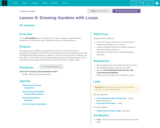
In this skill-building lesson, students learn to draw images by looping simple sequences of instructions. Here, students use loops to create patterns. This lesson aligns to national Computer Science standards from CSTA.
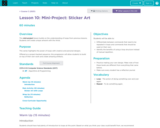
This mini-project lesson builds on the understanding of loops from previous lessons. Students will create unique artwork with the Artist. This lesson aligns to national Computer Science standards from CSTA.